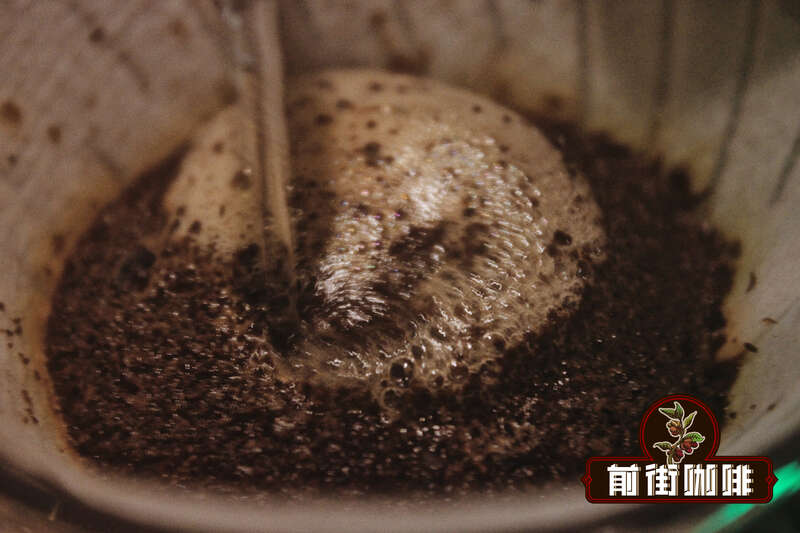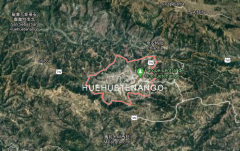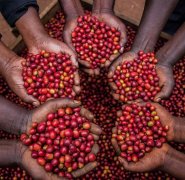Origin of coffee The reason why commercial coffee started Discovery of Robusta coffee beans
◎ on the Origin of Coffee
In terms of coffee, the coffee beans originally used by humans belong to the Arabica species Arbica, which originated from Ethiopia in East Africa. It was first planted by Arabs in Yemen and spread to all parts of Europe and Asia. At that time, it was only known that coffee was imported from Arab countries, and the root contained the meaning of Arab "Arbia".
The variety name of the original Arabian coffee is "Tibika" Typica (meaning of the original species), and later mutated to produce the "bourbon species" Bourbon.
So far, these two varieties are the main sources of selected coffee, and "bourbon coffee" is even more precious, which can be said to be the guest in the selected coffee market.
In other words, humans originally drank these two kinds of coffee, that is, people originally drank selected coffee.
But unfortunately, under the temptation of commercial interests, businessmen began to use a lot of baking and marketed around the world through channels at low prices.
However, in order to make profits and maintain low costs, businessmen introduced commercial coffee and instant coffee mixed with shadow robusta beans, and the selected coffee was affected by commercial coffee and was almost swallowed up for a time.
Commercial coffee sprouted in the late 17th century, but because marketing pipes were not so mature and capital was not concentrated, commercial baking was considered a luxury at the time.
After about 1846, the agricultural society gradually turned into an industrial society, and people began to work in factories or offices.
There is no time to bake their own coffee, thus creating opportunities for the development of commercial coffee.
Also began to have the emergence of large-scale commercial coffee roaster, the formation of commercial coffee gradually booming. However, the commercial coffee practice allows the coffee to suffer from oxidation and loss of aroma in the marketing process, the really fresh and good coffee has obviously been forgotten!

◎ 's discovery of Robusta beans
The second turbulence encountered by select coffee is the discovery of "Robusta" Robusta.
Some people will translate this kind of coffee beans into "thick beans", in sharp contrast to the refined Arabica Arabica.
Emil Laurent, who discovered a new variety of coffee in the Belgian-Congolese colony in 1898, was accepted by a horticultural company in Brussels and called it "Robusta" and began to grow and promote it.
At the beginning of the 20th century, Java was hit by leaf rust and suffered a heavy disaster. In 1902, the Dutch introduced new varieties from Brussels to Java, so almost all of the region has changed to grow Robusta, making it the largest supplier in the world.
Because this stout bean can grow in low altitude and high temperature areas, and has a high yield and is resistant to leaf rust, it can be harvested after planting for about 2 years. Arabica beans are relatively delicate, and it takes about five years to harvest.
However, Robusta has a moldy smell and bitter taste, can only be used as low-grade coffee or mixed with Arabica beans, only a few good robusta beans can be listed as a selection of coffee.
At first, robusta beans were mainly used for instant coffee, but it was not until 1950 that they were clearly involved in the baking market. Starting from Europe, especially the colonial countries that grew Robusta, for example, Portugal has Angola Angola, France has French West Africa (including Ivory Coast, Senegal, French Guinea, Sudan, etc.).
However, the French use heavy roasting to scorch the coffee beans to remove the strange smell and form a French baking French Roast. On the other hand, Italians also like to use Robusta's espresso to improve its mellowness, and some even mix it with more than 40% or 50% robusta beans.
In 1954, the United States imported the first 210000 thousand bags of robusta beans from Ivory Coast. At that time, the price was only 57 cents, which was much cheaper than that of Arabica beans.
At this time, it is the heyday of commercial coffee, many operators began to add a large number of thick beans, and the proportion has increased year by year, some reaching 50%. What is even more excessive is to mix other items in the coffee powder, while the adulterants are roasted with the root of chicory Chicory and ground into a powder to mix with the coffee.
Important Notice :
前街咖啡 FrontStreet Coffee has moved to new addredd:
FrontStreet Coffee Address: 315,Donghua East Road,GuangZhou
Tel:020 38364473
- Prev

Guatemala Inchert Estate Coffee Introduction Inchert Estate Legend Geisha Washed Coffee Bean Wind
Finca El Injerto This legendary estate was founded in 1874. At first, the estate mainly grew crops such as corn, tobacco, beans and sugar cane. It was not until 1990 that coffee was planted. After a local fruit called "Injerto" was discovered in the area, it was officially established as the estate.
- Next

How are the raw beans of selected coffee harvested? What are the methods of selecting coffee beans?
The harvesting method of ◎ harvest is one of the criteria for judging selected coffee. If calculated in terms of germination time, it will take about five years for Arabica coffee to blossom and bear fruit. The fruiting period is different in the southern hemisphere. There are many large coffee farms in Brazil, called "Fazendas", which are often harvested by machines, but the worst coffee is not the worst in terms of grade.
Related
- Beginners will see the "Coffee pull flower" guide!
- What is the difference between ice blog purified milk and ordinary milk coffee?
- Why is the Philippines the largest producer of crops in Liberia?
- For coffee extraction, should the fine powder be retained?
- How does extracted espresso fill pressed powder? How much strength does it take to press the powder?
- How to make jasmine cold extract coffee? Is the jasmine + latte good?
- Will this little toy really make the coffee taste better? How does Lily Drip affect coffee extraction?
- Will the action of slapping the filter cup also affect coffee extraction?
- What's the difference between powder-to-water ratio and powder-to-liquid ratio?
- What is the Ethiopian local species? What does it have to do with Heirloom native species?

